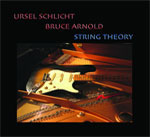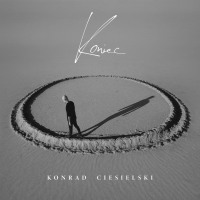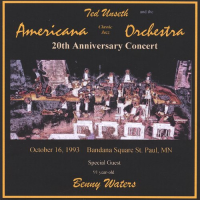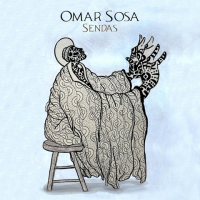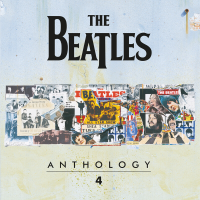Home » Jazz Articles » Album Review » Ursel Schlicht/Bruce Arnold: String Theory
Ursel Schlicht/Bruce Arnold: String Theory
Never mind: Schlicht displays not a jot of concern for this condition, showing up cheerfully for gigs with a warm smile and giving of her talent with generous abandon. Comparisons are slippery, but if Keith Jarrett had remained unknown and had veered decidedly toward a more atonal style, his career might have resembled Schlicht's. So far, that is.
Schlicht is not widely available on recordings (it's a safe bet there's no partition with her name on it to be found at Tower), but one thing is certain: she has issued a wonderfully listenable, yet daringly exploratory disc with guitarist Bruce Arnold (who also contributes electronic sounds with something called a supercollider).
The session sounds like an effort to seek every corner of modern musical expression without ever resorting to comfortable pop forms. While Arnold coaxes techno sounds from his supercollider, Schlicht, who is a fine jazz pianist with strong modern classical overtones in her improvising, cannily deploys prepared piano, with which she interjects percussive and textural counterpoint. These are some of the record's best moments, and part of the fun is trying to tell who's making which sounds and how.
Arnold, by the sound of it, has solid jazz technique, but when he attempts to improvise melodic counterpoint with Schlicht (an extremely difficult challenge) the result is sometimes less graceful, perhaps owing to the pianist's pronounced atonality. Here, the duo's stylistic differences may not quite mesh flawlessly, but elsewhere they find perfect union, as on the concluding three-part suite, in which all of the duo's ideas and techniques seem to gel and flourish in a cohesive dialogue.
Most freely improvised and/or experimental music is impossible to recommend to general audiences without dire warnings. String Theory is definitely not for every jazz lover—what is?—but for sophisticated and open-minded listeners, it's highly enjoyable music that invites repeated plays.
Personnel
Ursel Schlicht
pianoBruce Arnold: guitar, supercollider; Ursel Schlicht: piano, prepared piano.
Album information
Title: String Theory | Year Released: 2005 | Record Label: Muse Eek
Tags
PREVIOUS / NEXT
Support All About Jazz
 All About Jazz has been a pillar of jazz since 1995, championing it as an art form and, more importantly, supporting the musicians who make it. Our enduring commitment has made "AAJ" one of the most culturally important websites of its kind, read by hundreds of thousands of fans, musicians and industry figures every month.
All About Jazz has been a pillar of jazz since 1995, championing it as an art form and, more importantly, supporting the musicians who make it. Our enduring commitment has made "AAJ" one of the most culturally important websites of its kind, read by hundreds of thousands of fans, musicians and industry figures every month.

